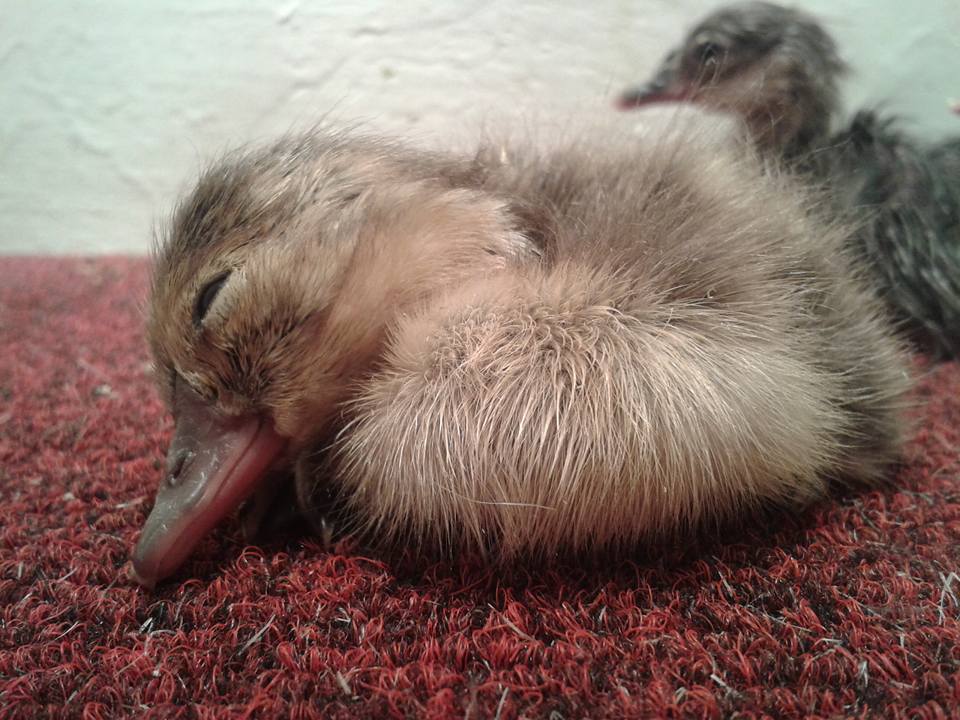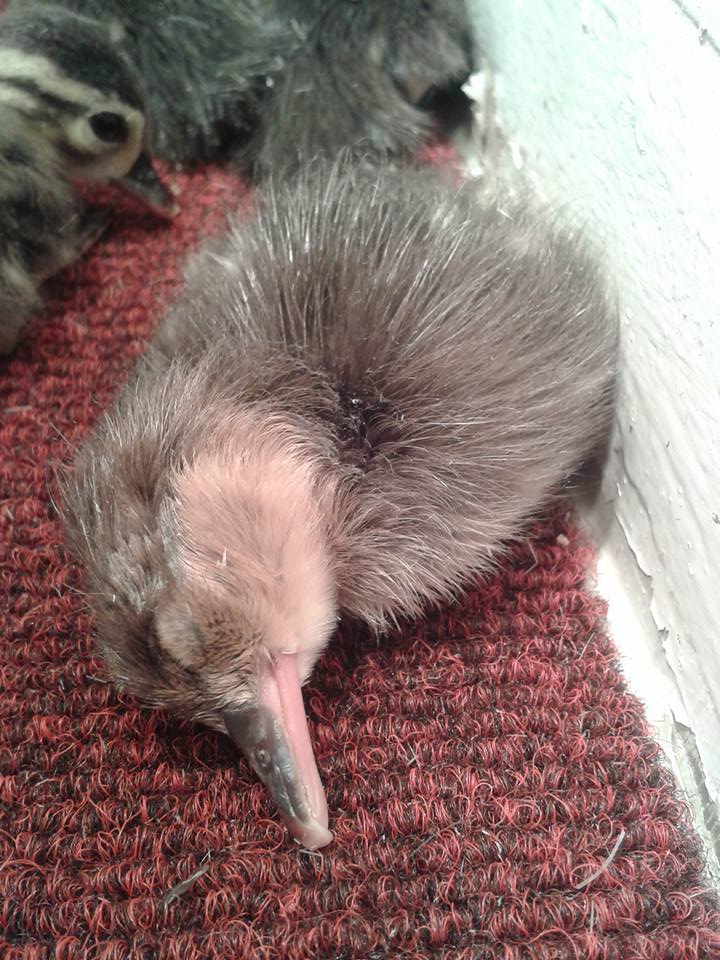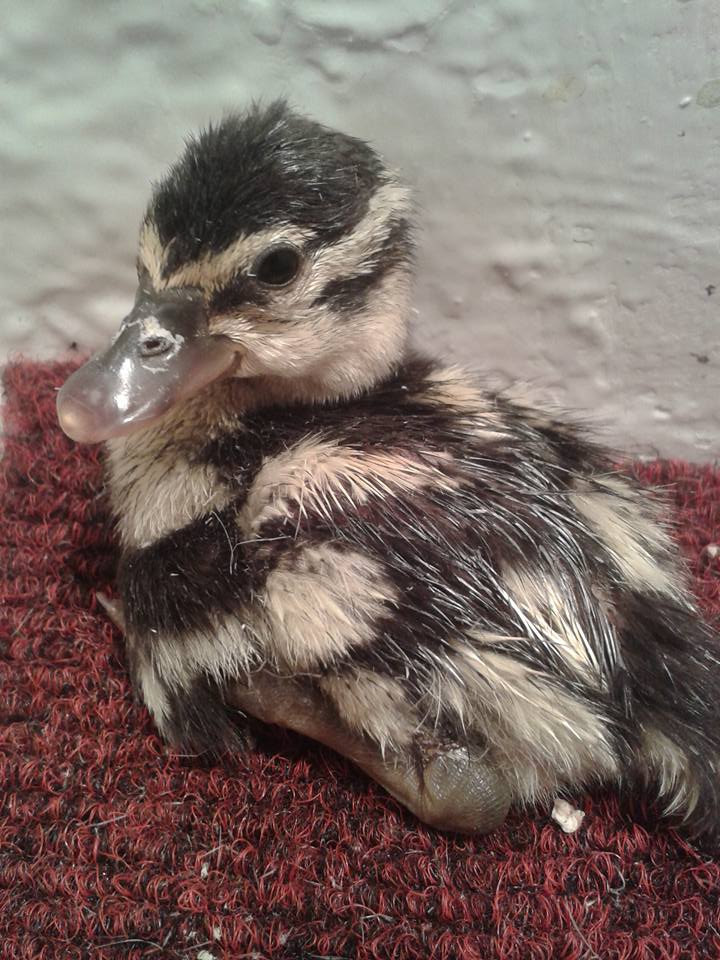Some freshly-hatched fluff-balls.
We've almost become accustomed to the cuteness overload that is the "nest coop" at the WWT Slimbridge duckery come June... We've had weeks and weeks of "oohs and aahs" but the babes just keep on hatching. I thought I'd feature for you today three of the very cutest we have had to offer in recent days before the season escapes us once again... As if hatching from an eggshell on your own, in the dark and upside down wasn't hard enough, the first 24 hours often is the most important day of their lives!
Below is the Canvasback. The creamiest and palest yellow of the pochardy type ducklings, the Canvasback is one of the largest at the point of hatch. They have lovely large green/khaki eggs of around 6-8 in a clutch. The shells are not particularly thick and so they hatch quite fast and typically very clean with a nice and regular pipping action. They are solid ducklings and not quite so nervous as other pochardy types who tend to jump and bash about. They have the classic pochard face with the upper lores of the upper mandible being very peaked. This little bird can now afford to rest for 12 hours beneath the heat lamp at 30 degrees and absorb the yolk sack internally. No wonder it seems to smiling!

Below we have an adorable Hooded-Merganser duckling in a very deep sleep indeed. In the wild these little saw-bills jump from a tree hollow on their second day of life, and so the species needs to hatch in a very mobile yet light-weight state. They cannot afford to be as large as the canvasback. The eggs are creamy, porous and round so that they can hatch any-which-way if they are badly turned within the nest. During candling the eggs always look very murky, and it is often hard to see any defined veins even with a very high intensity candling lume. As a result the quality of the egg can only really be determined by the crispness of the line between the airspace and the duckling. When they have internally pipped up into the airspace they can often be missed because the shadow of the tip of the beak on the shell is so superbly tiny! These pointy-beaked little sawbills do continue to leave the little "breath shadow" on the pip spot however and so there is always a "tell." They hatch with very long little toenails because of their need to climb out of the nest and so we often need to give them a little pedicure else they can get stuck to our carpet matting like velcro! Our hand-rearing method is infinitely safer than the natural one and so these little ducklings can now start to begin the biggest challenge of all; to eat. As a sawbill the Hooded Merganser expects its food to move! Because we don't feed live food for fear of compactions and bacterial transfer, we provide all our sawbills with surrogate brothers and sisters that will show them how to eat by example. And so this little hoodie will awaken to a new friend; a Puna teal!

Last but most definitely not least, the black-bellied whistling duck. Every visitor's eternal and determined favourite; these stunning little bumble bees tick all the "cuteness" boxes... Bright, colourful, cute, round, compact, goofy, wide-eyed, chatty, friendly. Their feet are so big that when they stand erect for the first time they tend to stand on their own feet and trip themselves up for a few days! This little duckling below is so freshly hatched that it is still moist from the inside of the egg. Its down is covered in a coating a of white danda tips which is still to be shed when the duckling is fully dry. On the very tip of the beak you can see the little calcium deposit known as the milk-tooth which the duckling used to pip out of the egg. This will fall off as the beak starts to grow within 2 days. I always think that they must look down at those big feet and wonder what on earth to do with them! And so if you thought the first 24 hours of a duckling's life was simple, think again. The first 24 hours are exceptionally important, and beauty sleep is only a part of it.

a

